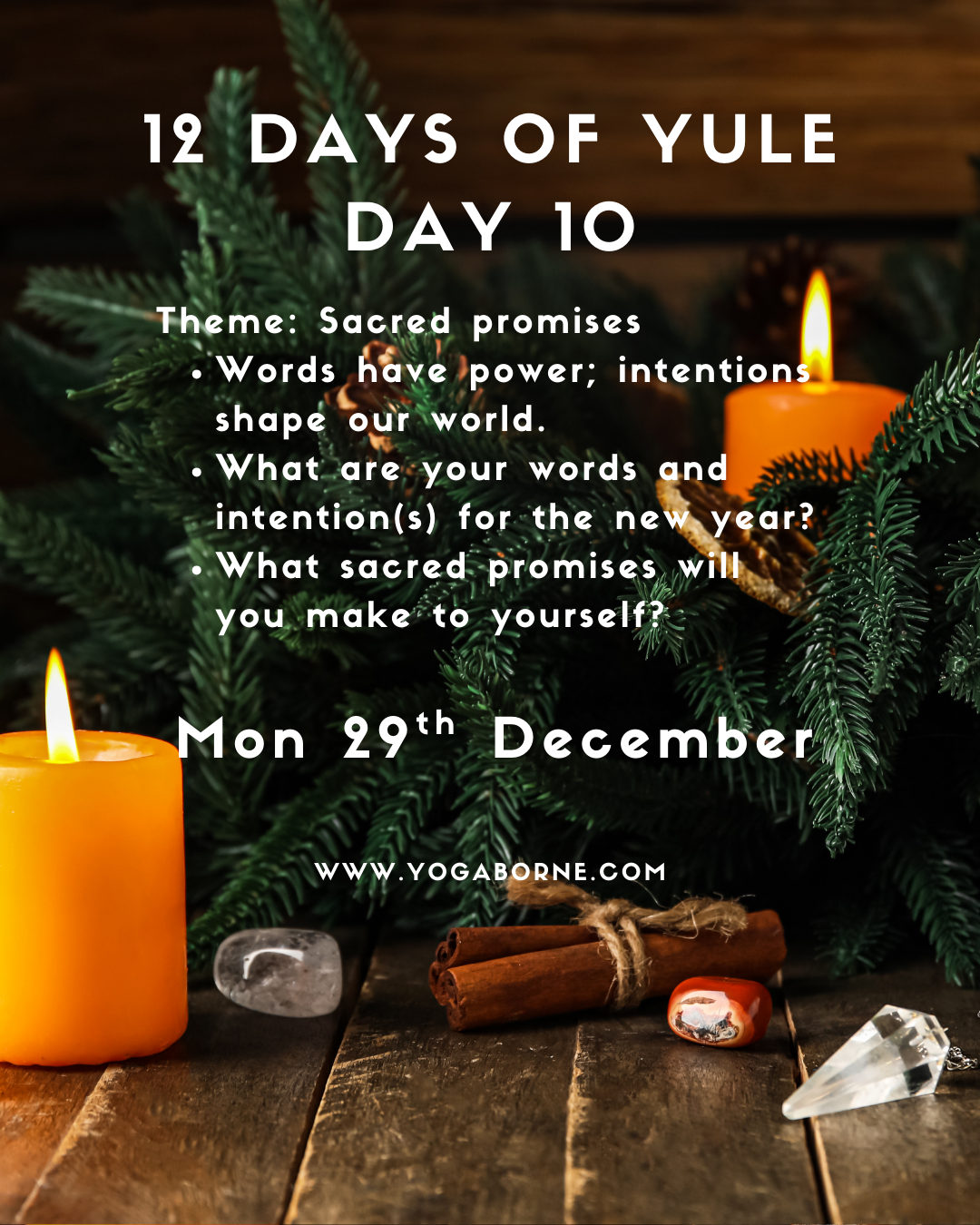January can often arrive with a lot of noise. “New year, new you.” Fresh starts. Big goals. Immediate transformation.
And yet, outside the window, the world is quiet. The trees are bare. The soil is resting. Most living things are conserving energy, not reinventing themselves.
So it’s worth asking: is the new year really January at all?
Is January Really the Beginning?
January is a beginning on the calendar, but not necessarily in the body, the land, or the soul.
Many cultures have marked the new year at different times: In spring, when life visibly returns and growth begins. At harvest, when cycles complete. With the lunar calendar, when the moon renews itself.
From a seasonal perspective—especially in the Northern Hemisphere—January is deep winter, not a starting line. It’s a threshold. A pause. A time between. If anything, January is less about beginning and more about listening.
So much of January’s discomfort comes from expectation.
We’re told to:
Know exactly what we want.
Fix ourselves immediately / on a certain timeline.
Set ambitious goals while still exhausted from the year before.
But healing, creativity, clarity, and change don’t usually emerge from pressure. They emerge from space.
Going gently in January means allowing yourself to be unfinished, uncertain, and slow.
You don’t need to become someone else this month. You’re allowed to simply arrive.
Sacred Promises Instead of Resolutions.
Resolutions often come from a place of dissatisfaction:
“I should be better.”
“I need to do more.”
“I must fix this.”
What if, instead of goals and resolutions, you made sacred promises?
Sacred promises aren’t about outcomes. They’re about relationship—with yourself, your energy, your life.
Examples:
I promise to listen when my body asks for rest.
I promise to move toward what feels nourishing, not punishing.
I promise to speak to myself with kindness.
I promise to leave room for change.
These promises can be kept imperfectly. They are living agreements, not rigid contracts.
Feel inspired by the idea of sacred promises?
Head over to Yoga Borne YouTube here where we have a FREE short practice available.
Rituals for the Start of a Year.
If January is a threshold, rituals can help us cross it gently.
Some ideas:
A quiet review: Write down what the last year taught you—not what you achieved, but what you learned.
A letting-go ritual: Safely burn or tear up words, habits, or stories you’re ready to release.
Choose a word or feeling, not a goal—something you want to practice, like softness, honesty, or steadiness.
Light a candle and sit with it for a few minutes, marking the transition without demanding answers.
Rituals don’t need to be elaborate. Their power comes from attention and intention.
Rituals are about honouring the season you are in. For example, Winter asks different things of us than summer does.
It invites:
Rest instead of expansion. (Yin instead of Yang).
Reflection instead of action.
Depth instead of speed.
Simple winter rituals might include:
Going to bed earlier without guilt.
Eating / drinking warm, grounding foods and drinks.
Limiting overstimulation—news, noise, constant input.
Creating warmth - blankets, baths, candles, soft music.
These aren’t indulgences. They are seasonal wisdom!
January doesn’t require reinvention. It doesn’t require over productivity. It doesn’t require optimism. It simply asks that you be here.
Spring will come with its own momentum. Growth will happen when the conditions are right.
For now, going gently is enough. You are not behind. You are not failing. You are wintering—and that, too, is part of the cycle. Enjoy it...
Yoga Borne offerings are inspired by the seasons. Why not join us in January for a “deep rest” workshop.
Full details here.








































